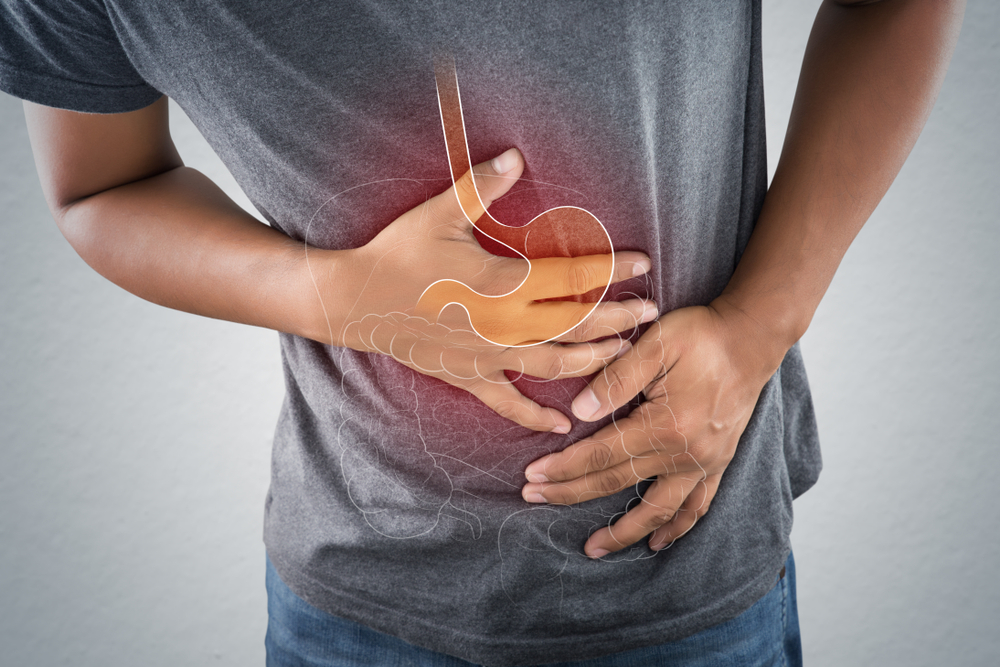Although humans are capable of adapting to great variations, our current way of life, and especially our food choices, tend to favour tissue acidity. It is to be distinguished from acidosis, which designates a pathological state due to an increase in blood acidity.
Tissue acidity or latent acidity refers to the accumulation of acidic loads in the tissues.
Acid-base balance is an essential concept in nutrition for the maintenance of a good state of health, as its imbalance would be the cause of osteo-tendinous and functional disorders such as chronic fatigue.
TISSUE OR LATENT ACIDITY
The body has "buffer" systems via the kidneys and the lungs which maintain a pH close to 7. 4 (slightly basic). They allow the excretion of acidic loads from food or metabolic sources.
In the long term, a lasting excess of tissue acidity leads to saturation of these systems. To maintain the acid-base balance, the body is obliged to draw on its mineral reserves, particularly the bones, causing bone demineralisation and even osteoporosis.
THE CAUSES OF ACID-BASE IMBALANCE
The main cause of this imbalance is the modern diet. Foods can be classified into three categories:
Acidifying foods including animal proteins (meat, fish and egg), salted foods (table salt, cold cuts, cheeses, breads. . . ) and the refined cereals;
Basifying (or alkalinising)foods, represented mainly by fruits and vegetables;
The neutral foods which have no influence (oilsvegetable oils, refined sugars. . . ). Among other responsible factors, overtraining and intense physical activity increase the risk of tissue acidity.
In sportsmen and women, it can lead to fragility(tendonitis, chronic inflammation . . . )and difficulties in recovery. This risk is increased by the weakening of tendons due to dehydration and the accumulation of lactic acid.
To go further, the minerals can be classified into two groups:
- The alkalinising minerals are potassium, magnesium, sodium, iron and calcium.
- The acidifying minerals are sulphur, phosphorus, chlorine and nitrogen.
IN PRACTICE, HOW TO PROMOTE ACID-BASE BALANCE?
REDUCE SALT CONSUMPTION (sodium chloride)by limiting refined salt and other salty foods (breads, cheeses, cold cuts, industrial dishes). Prefer fleur de sel and coarse salt (unrefined) in small quantities.
INCREASE THE CONSUMPTION OF FRUIT AND VEGETABLES , mainly in the form of raw vegetables or steamed.
Avoid boiling or canning (addition of salt and great mineral loss in the juice). Also think of dried fruits that are particularly alkalinising (grapes, figs, dates, etc. ), not to be confused with oleaginous fruits (almonds, walnuts, etc. ) which are acidifying.
Drink at least 1. 5 litres of water per day (add an extra 500 ml for each hour of physical activity) to help eliminate acidic loads through the urine. On a daily basis, give preference to mineral waters and bicarbonated waters low in sodium (Arvie, Quezac, Salvetat).
After exercise, supplement with sodium bicarbonated waters (Vichy Célestins, St Yorre). As for sodas (even diet ones) and alcohol, they should be consumed very occasionally.


